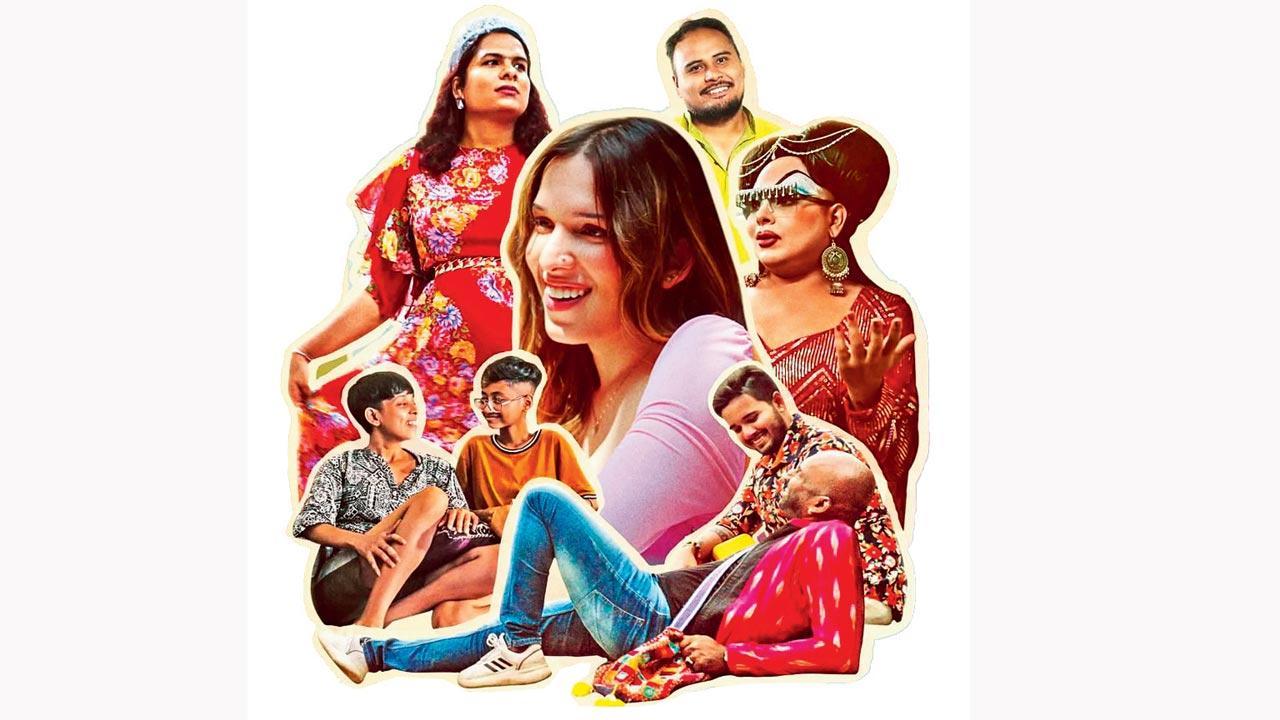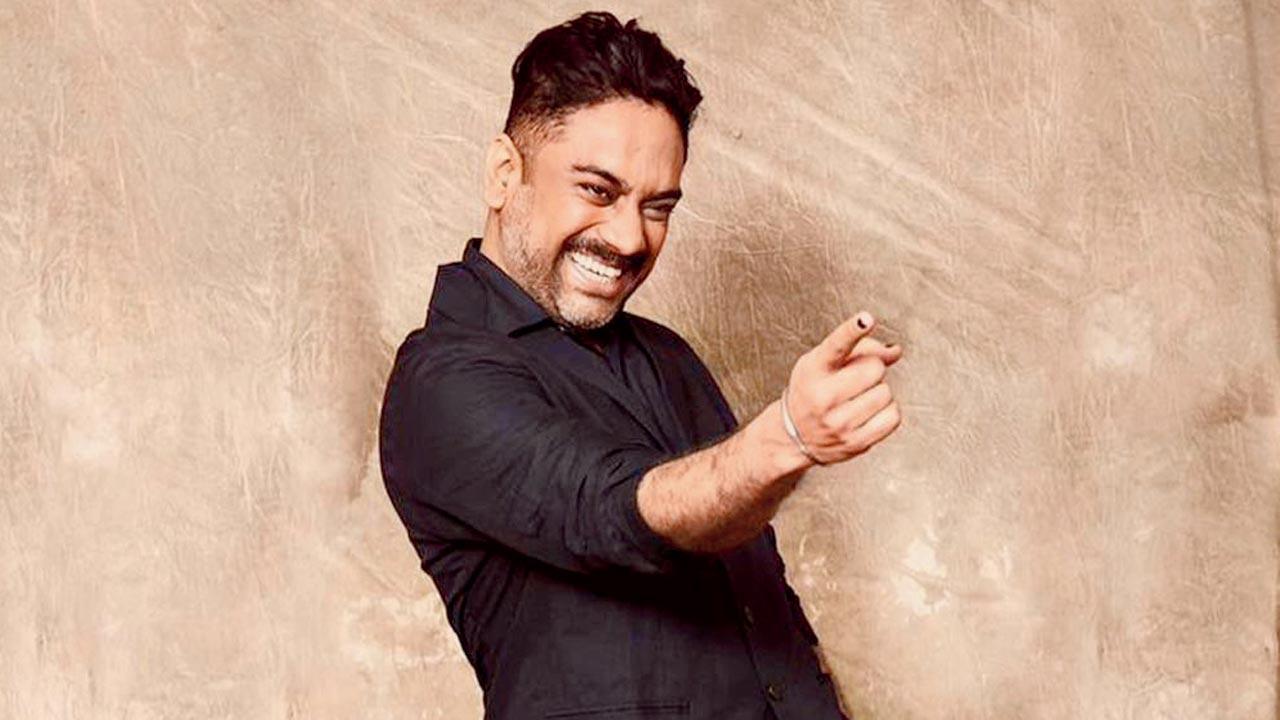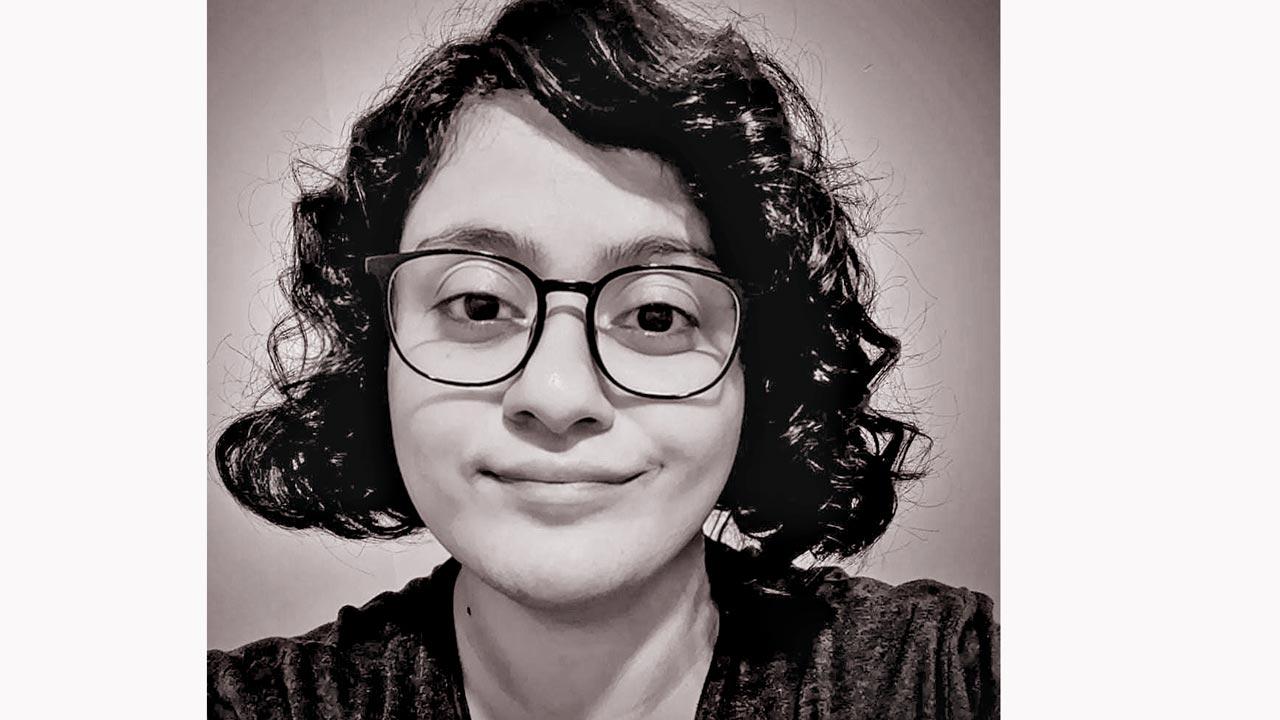Creating Rainbow Rishta to depict that the aspirations and dreams of the queer community are no different from the rest of us, director Jaydeep Sarkar discusses how authentic representation was his top priority

Aneez and Sanam; Daniella; Sadam; Trinetra; Lush Monsoon; Soham and Suresh
It’s astonishing, really. So many things, big and small, that we take for granted, are a battle for the LGBTQiA+ community. It has been an ongoing fight for the queer community—a fight that has seen some milestone wins, like when the Supreme Court decriminalised homosexuality in 2018, and has suffered severe blows, as in the case of the apex court refusing to grant legal recognition to marriages between same-sex couples this year. But the community marches on to reach a place where they will be treated as true equals, and more importantly, to reach a place of unquestioned love. It is this place that director Jaydeep Sarkar gives us a glimpse of, with Rainbow Rishta. The docu-series narrates six heartwarming and real stories of love where the protagonists across the queer spectrum move mountains to make their impossible dreams come true.
Bridging the distance between how they are represented in mainstream media and their reality was a top priority, admits Sarkar, who, along with Shubhra Chatterji and Hridaye A Nagpa, directed the documentary. He says the idea was to depict that the queer community—with their aspirations and heartbreak—is not different from any of us. “The intention was the need to break away from the pervasive habit of ‘othering’ any community that is on the fringes. It is so inherent in us that sometimes we don’t even realise that we are doing it. The community within themselves doesn’t see themselves with that label,” says Sarkar, who belongs to the LGBTQiA+ community. The director received many congratulatory calls, with people telling him that the series was “eye-opening”. “What is eye-opening about a gay couple in Bengaluru going around their house, doing laundry and dishes? Our lives are as mundane or fulfilling as anyone else’s. Yes, we do have a lot of challenges, but we fight back with glitter.”
ADVERTISEMENT
Telling varied stories
With Rainbow Rishta, Sarkar’s idea was to depict individuals at different stages of life and to have a diverse profile. So, if one story in the Amazon Prime Video offering revolves around lesbian couple Aneez Saikia and Sanam Choudhury looking for an apartment in Guwahati and being constantly shown the door, another is about human rights lawyer Ayushmaan Aishwarya, who moonlights as drag queen Lush Monsoon and struggles to come out to his parents. While trans woman Trinetra Haldar Gummaraju explores the struggles of dating in the modern world, Daniella Mendonca and her now husband Joel Mendonca show how she returned to her family after being sold to the Hijra community, and then planned her wedding.
 Jaydeep Sarkar
Jaydeep Sarkar
Bringing their individual stories to the fore was not a daunting task. All one needed was understanding and empathy. “Shubhra, Hridaye, Navin Noronha [writer and casting director], and Sneha Nair [writer and associate director] were chatting with them for almost a year on Zoom. So, they formed a natural friendship. We are so used to hiding ourselves, but when you find a safe space, it becomes easy to share,” Sarkar explains, adding that the set was a safe space for everyone involved. Everyone in the cast and crew belongs to the queer community, and the sharing of stories healed them all. “There has been a catharsis in the making of the show, and that has translated on screen. Many times, the cast would tell us that they don’t want to talk about [a certain aspect], and we respected that because they are at the centre of it. Every story was shot over 15 to 20 days.”
Learn from each other
Asked if he was surprised by any stories, Sarkar says that he found Sadam Hanjabam’s story of losing himself in the fast-paced city of Mumbai and then finding his way back home, truly beautiful. Haldar’s streak of self-love too resonated with him. “Everyone feels that finding someone is the end of the journey, but in the end, what Trinetra says when she chooses herself is so inspiring. Daniella’s story was a revelation from the start. People from Bandra and Andheri feel they are so woke, and then you go to Bhayander and see Daniella, and you know what progressive really means.”
In telling six different love stories, Sarkar also had to learn and unlearn, and understand that everyone has a different journey. Depicting Haldar and Mendonca’s stories with authenticity also made him face some hard truths. “I hope in the future people keep in mind when they tell stories that patriarchy seeps even into queer relationships. A lot of gay men may disagree, but I believe we are the most privileged on the spectrum. So, for me to even understand Daniella and Trinetra and their trans experience, it was a challenge.”
Representation debate
In the past few years, mainstream media has evolved to go beyond the boy-girl love story and explore love in all its shades. While it is a significant and much-needed step, it has brought another aspect to the forefront: the casting of queer roles. There has been much debate about straight, cisgender actors being cast in queer roles. Where does Sarkar stand on it? “Representation is really important. You cannot make a film about a trans person and get someone who is straight and has no idea how to play the role. If you see, Konkona [SenSharma] was really good in A Monsoon Date [a short film], written by Gazal Dhaliwal. She put in the hard work and understood the character. I thought Rajkummar [Rao] and Bhumi [Pednekar] were brilliant in Badhaai Do. But if you don’t find someone of that kind, you have to take a trans actor because authenticity is most important. There is prejudice about casting openly queer actors. If you are making a film on queer subjects, then don’t stop at tokenism. [That said] if the actor is only cast because they are queer, then it is problematic.”
Sarkar also points out that many films and shows get the basics wrong despite their honest intentions. “Many people in the queer community are disappointed [with the films] because it’s tokenism. I won’t name the show, but it is based on the premise of a queer relationship. All the other straight stories are written so well, but it says nothing about the queer love story. It’s so humiliating to see that we are just plot points in your straight, heteronormative world. What is shocking is that no one picked up on this. How invisible are we? I don’t blame everyone, because they probably don’t have a window into queer life. I hope Rainbow Rishta shows people that we are as human as they are.”
Voices from queer community

Aiman Rathore, 32
Gender: Non-binary
Pronouns: They/Them
What the show gets right: Rainbow Rishta is authentic South Asian queer representation. We see the marriage and societal struggles, especially in the house-hunting story of Sanam and Aneez. I loved that it was not overdramatized. The show could have more people who weren’t traditionally good-looking and were on a spectrum of different sizes.
My take on queer representation: It is essential [to cast queer actors] for two reasons, first because queer people need more jobs. Secondly, because we should get to tell our own stories.

Sim, 31
Gender: Non-binary
Pronouns: They/Them
What the show gets right: The documentary ticked all the right boxes in terms of authenticity in showing a queer person who is either trying to date in the city or tackling gender identity issues. It felt more thoughtful and real because it was shot by queer people, especially the closing montage. A sequel, if there is one, could probably include more representation of different castes since the queer cause is so inter-sectional.
My take on queer representation: It is easy for a cis gender person to get it wrong because they would project their idea of queerness.

Raphael, 22
Gender: Trans man
Pronouns: He/Him
What the show gets right: It looked very realistic. It felt more like a unique story of each person and not just a ‘queer story’.
My take on queer representation: Having the creative decisions made by queer people is important when writing something that is fiction.
 Subscribe today by clicking the link and stay updated with the latest news!" Click here!
Subscribe today by clicking the link and stay updated with the latest news!" Click here!









